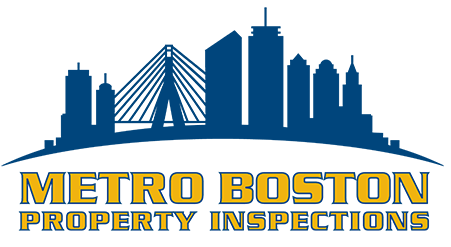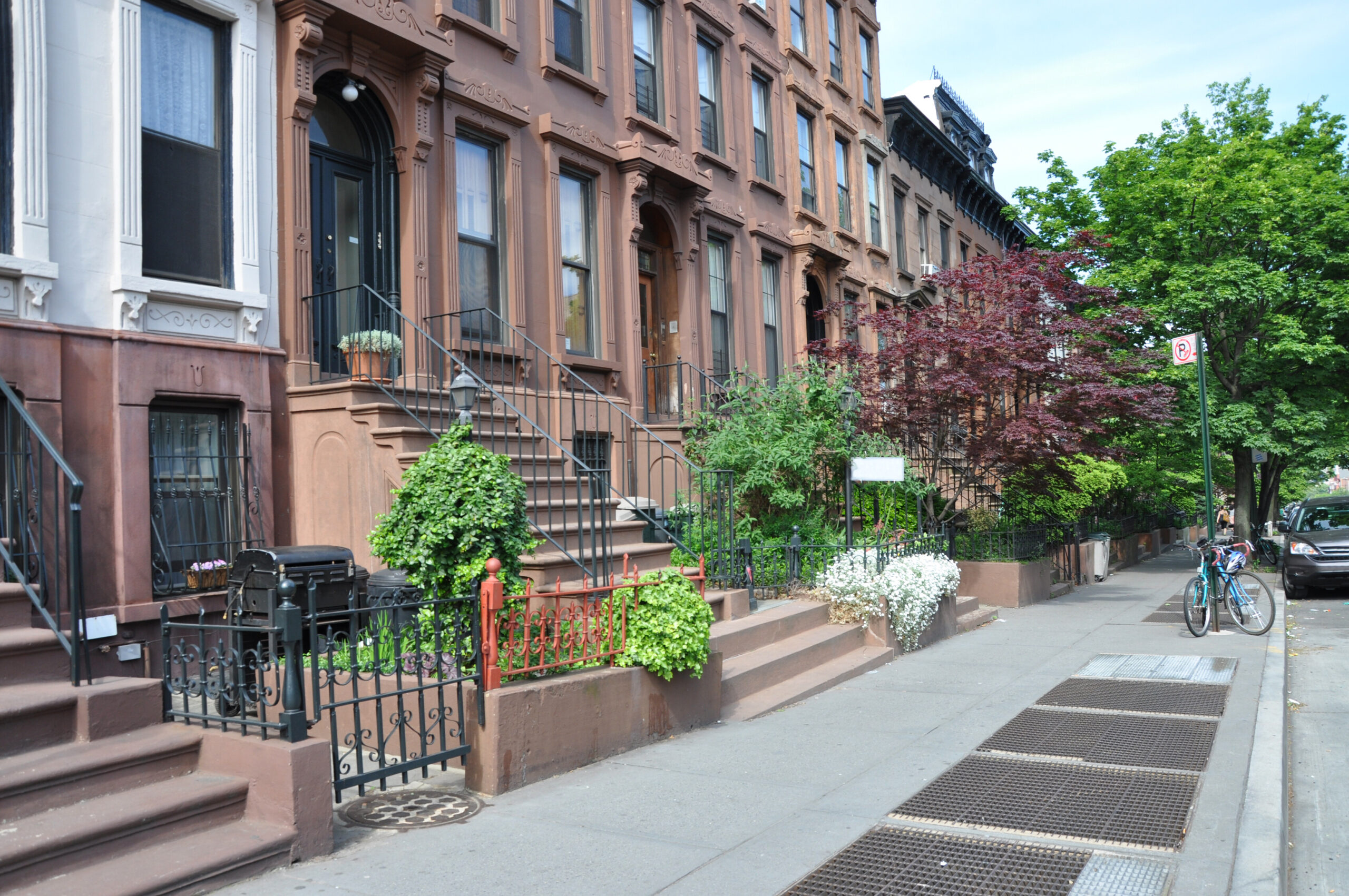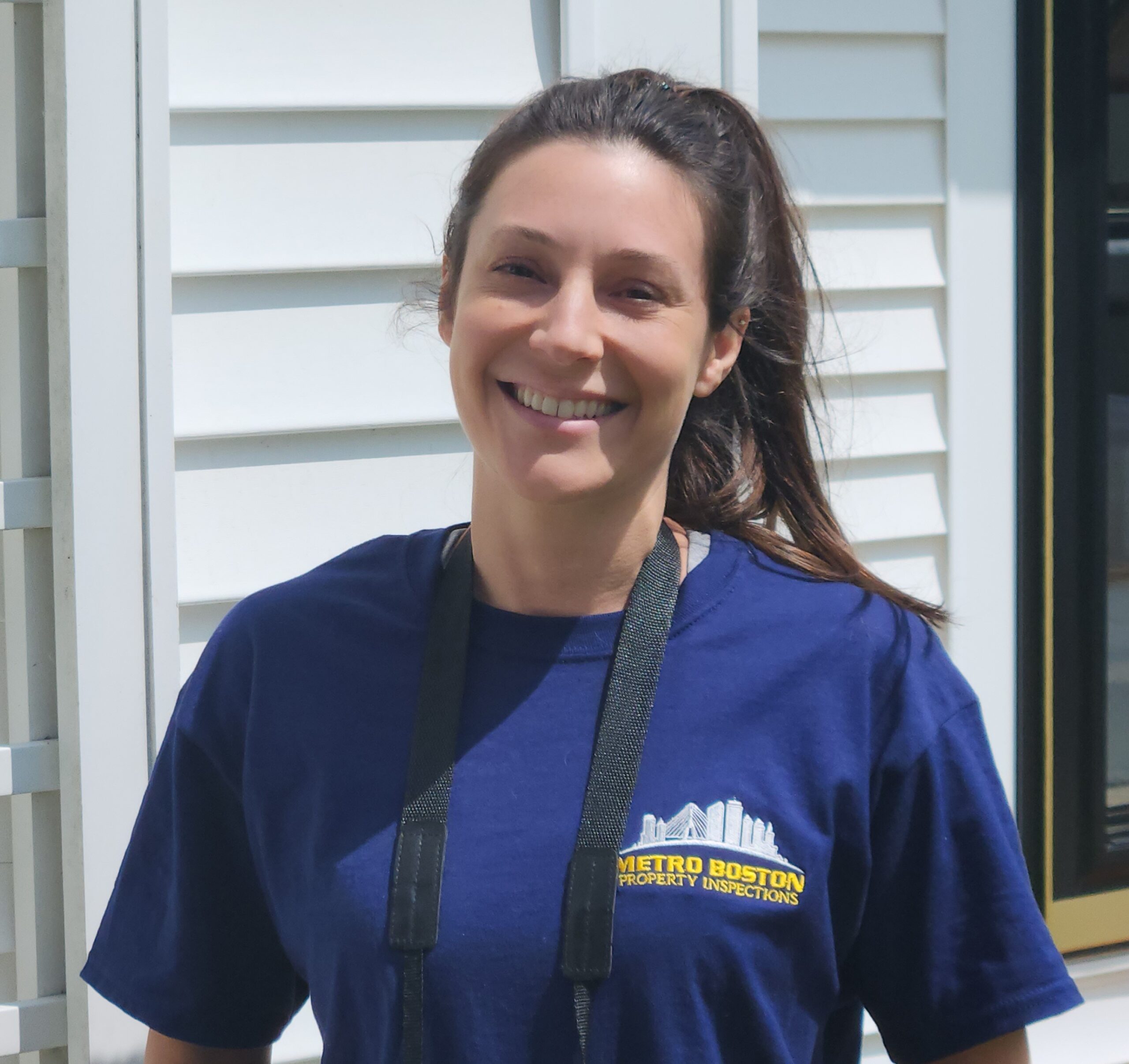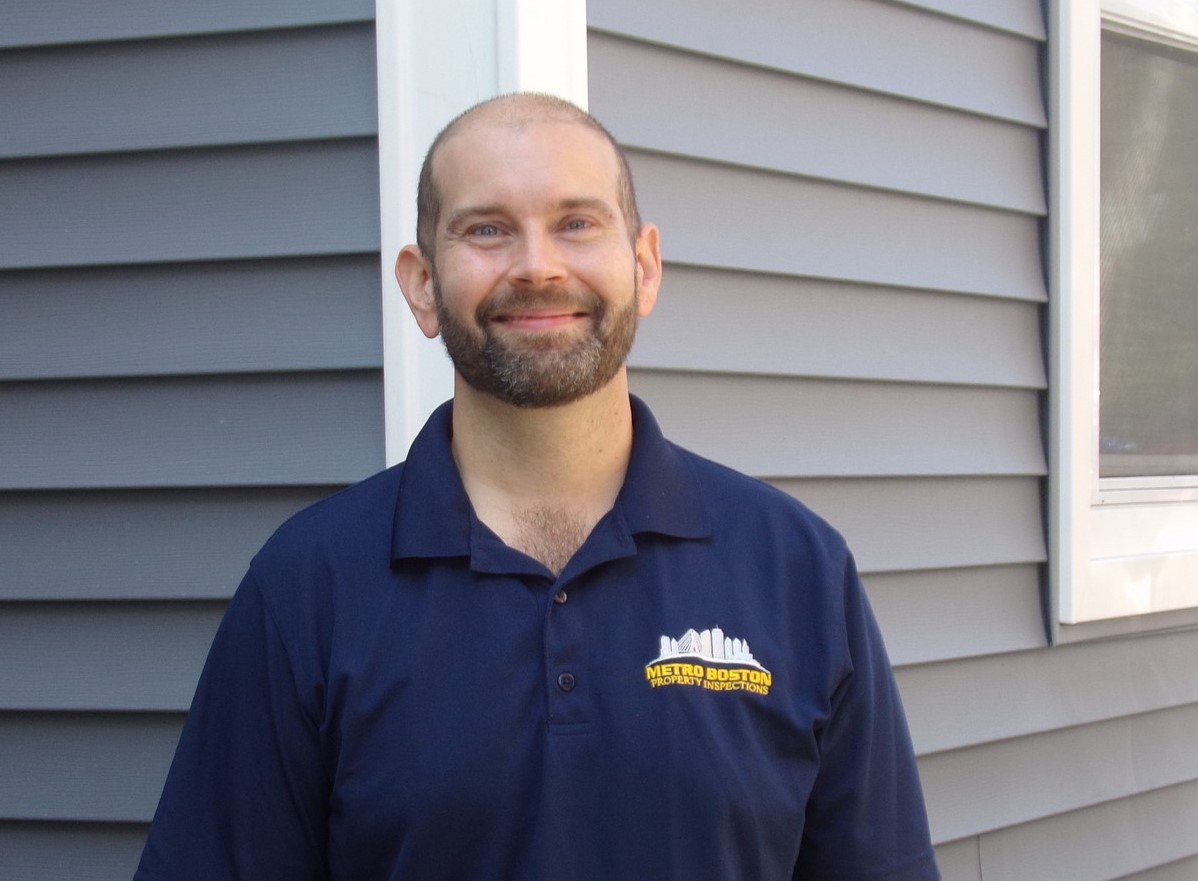In Boston’s South End, we have some of the oldest housing stock in America. These stunning Brownstones house single-family attached townhomes and condominiums, all built in the mid-1800s to the early 1900s. Many of these homes are in historic districts. The words used to describe these homes, stunning, unique, distinguished, classic, old-world charm, etc. certainly apply.
These properties have a mix of new and old-world charm. These were built at a time when building codes were limited or nonexistent. As areas in the property were updated the codes at that time apply to the updates, but not those areas that were not updated. As inspectors, we have no way of knowing every requirement from every period. We base our inspection on a reasonable assumption of safety and habitability based on the expectations of today.
Some of the more common things we may find are older construction techniques, 100+ years of settlement in the structure, outdated wiring and electrical panels, older plumbing, especially at the main pipe from the street, and cast-iron waste/drainpipes.
More and more often the contractors that are restoring brownstones are bringing the property down to the bare framing so they can easily address the above issues. When the restoration is done in this fashion, we find superior quality in the workmanship and materials. Stone counters, wood cabinets, ceramic tile marble tile, wood floors, wood-paneled rooms, high ceilings, brass railings, plaster walls, high-end bathrooms, and kitchens, and high-end HVAC, and water heaters. These properties are truly restored, not just “flipped”, and are a pleasure to inspect.
With a condominium, what matters most is to inspect the systems within the unit itself. This includes not only the electric, plumbing, and HVAC systems but also the walls, ceilings, floors, windows, and doors, operation of kitchen appliances, and outdoor areas that are part of the unit. Sometimes the HVAC components will be outside the unit and these too will be inspected. The inspector should go over the care and maintenance of your systems, and point out areas that either require immediate attention, or areas that should be watched for potential future repair or replacement. The inspector should also help you locate where the electric meter and main disconnect for your unit are located and where the water shut off for your unit is. Finally, the inspector should review the overall health of the building exterior and any common systems. Your inspector will provide you with notes and photos after the inspection for you and your buyer agent to review. Be sure to ask questions to educate yourself about your new home to be.
Happy house hunting






